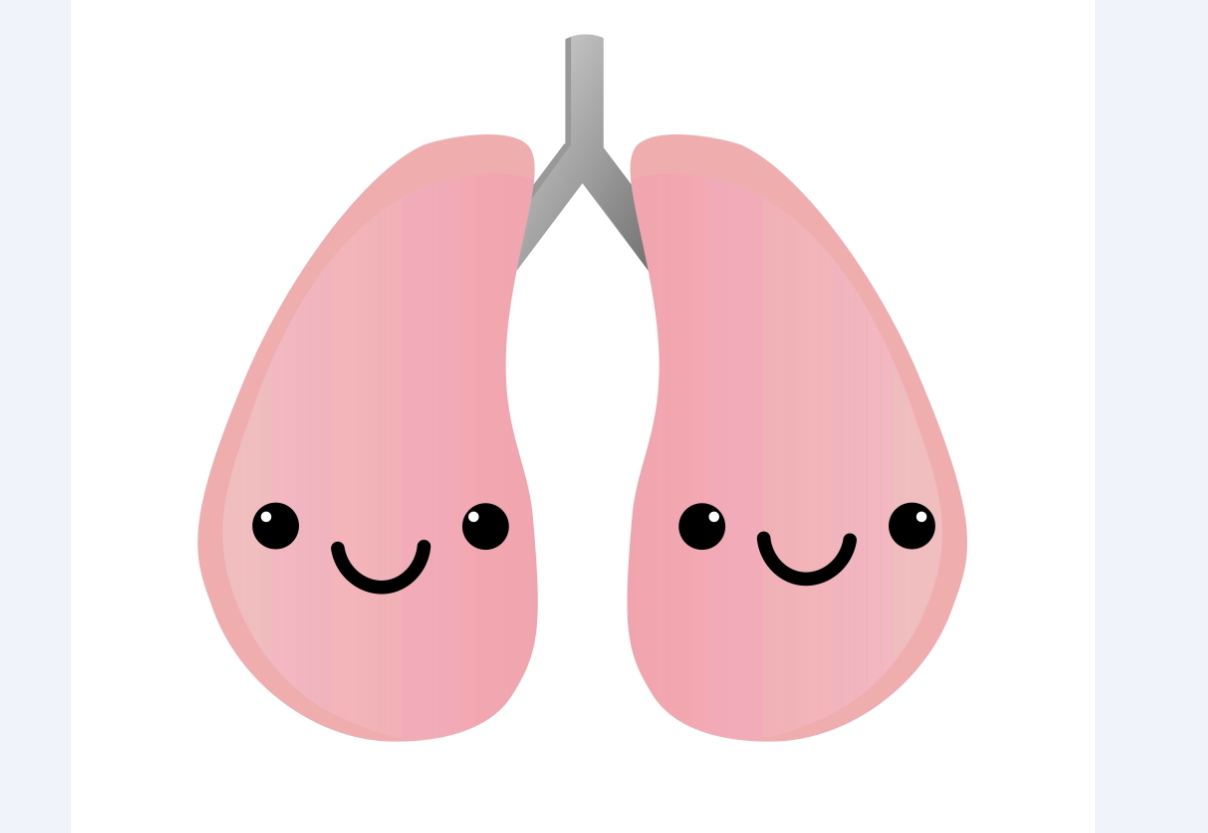Emphysema is a destructive long lasting disease of the lung that primarily causes shortness of breath due to over-inflation of the alveoli (air sacs in the lung). Today we shall talk about the causes and signs of emphysema for your early prevention and prognosis.
What Causes Emphysema?
In people with emphysema, the lung tissue involved in exchange of gases (oxygen and carbon dioxide) is impaired or destroyed. Emphysema is included in a group of diseases called chronic obstructive pulmonary disease or COPD. Emphysema is called an obstructive lung disease because airflow on exhalation is slowed or stopped because over-inflated alveoli do not exchange gases when a person breaths due to little or no movement of gases out of the alveoli.
Cigarette smoking is by far the most dangerous behavior that causes people to develop emphysema, and it is also the most preventable cause. Other risk factors include a deficiency of an enzyme called alpha-1-antitrypsin, air pollution, airway reactivity, heredity, male sex, and age.
The importance of cigarette smoking as a risk factor for developing emphysema cannot be overemphasized. Cigarette smoke contributes to this disease process in two ways. It destroys lung tissue, which results in the obstruction of air flow, and it causes inflammation and irritation of airways that can add to air flow obstruction.
Destruction of lung tissue occurs in several ways. First, cigarette smoke directly affects the cells in the airway responsible for clearing mucus and other secretions. Occasional smoking temporarily disrupts the sweeping action of tiny hairs called cilia that line the airways. Continued smoking leads to longer dysfunction of the cilia. Long-term exposure to cigarette smoke causes the cilia to disappear from the cells lining the air passages. Without the constant sweeping motion of the cilia, mucous secretions cannot be cleared from the lower respiratory tract. Furthermore, smoke causes mucous secretion to be increased at the same time that the ability to clear the secretions is decreased. The resulting mucous buildup can provide bacteria and other organisms with a rich source of food and lead to infection.
The immune cells in the lung, whose job it is to prevent and fight infection, are also affected by cigarette smoke. They cannot fight bacteria as effectively or clear the lungs of the many particles (such as tar) that cigarette smoke contains. In these ways cigarette smoke sets the stage for frequent lung infections. Although these infections may not even be serious enough to require medical care, the inflammation caused by the immune system constantly attacking bacteria or tar leads to the release of destructive enzymes from the immune cells.
Over time, enzymes released during this persistent inflammation lead to the loss of proteins responsible for keeping the lungs elastic. In addition, the tissue separating the air cells (alveoli) from one another also is destroyed. Over years of chronic exposure to cigarette smoke, the decreased elasticity and destruction of alveoli leads to the slow destruction of lung function.
Alpha-1-antitrypsin (also known as alpha-1-antiprotease) is a substance that fights a destructive enzyme in the lungs called trypsin (or protease). Trypsin is a digestive enzyme, most often found in the digestive tract, where it is used to help the body digest food. It is also released by immune cells in their attempt to destroy bacteria and other material. People with alpha-1-antitrypsin deficiency cannot fight the destructive effects of trypsin once it is released in the lung. The destruction of tissue by trypsin produces similar effects to those seen with cigarette smoking. The lung tissue is slowly destroyed, thus decreasing the ability of the lungs to perform appropriately. The imbalance that develops between trypsin and antitrypsin results in an “innocent bystander” effect. Foreign objects (e.g. bacteria) are trying to be destroyed but this enzyme destroys normal tissue since the second enzyme (antiprotease) responsible for controlling the first enzyme (protease) is not available or is poorly functioning. This is referred to as the “Dutch” hypothesis of emphysema formation.
Air pollution acts in a similar manner to cigarette smoke. The pollutants cause inflammation in the airways, leading to lung tissue destruction.
Close relatives of people with emphysema are more likely to develop the disease themselves. This is probably because the tissue sensitivity or response to smoke and other irritants may be inherited. The role of genetics in the development of emphysema, however, remains unclear.
Abnormal airway reactivity, such as bronchial asthma, has been shown to be a risk factor for the development of emphysema.
Men are more likely to develop emphysema than women. The exact reason for this is unknown, but differences between male and female hormones are suspected.
Older age is a risk factor for emphysema. Lung function normally declines with age. Therefore, it stands to reason that the older the person, the more likely they will have enough lung tissue destruction to produce emphysema.
What Are Emphysema Symptoms and Signs?
Shortness of breath or dyspnea is the most common symptom of emphysema. Cough, sometimes caused by the production of mucus, and wheezing may also be symptoms of emphysema. You may notice that your tolerance for exercise or physical exertion decreases over time. Emphysema usually develops slowly. You may not have any acute episodes of shortness of breath. Slow deterioration is the rule, and it may go unnoticed. This is especially the case if you are a smoker or have other medical problems that limit your ability to exercise.
This continues to get worse until breathing is difficult all the time, even when resting.
Other symptoms include:
- exhaustion
- wheezing
- weight loss
- edema
- depression
- headaches
- fast heartbeat
Once present, emphysema is not curable, but its symptoms are controllable. If you have new or worsening shortness of breath, seek medical attention from your doctor and pulmonologist. Shortness of breath can occur with other diseases, particularly heart disease and other lung diseases, so it is important not to overlook or minimize this symptom. A gradual decrease in the ability to exercise or perform daily activities, a persistent cough, and wheezing also suggest a visit to the doctor.
Posted on May 18, 2023



